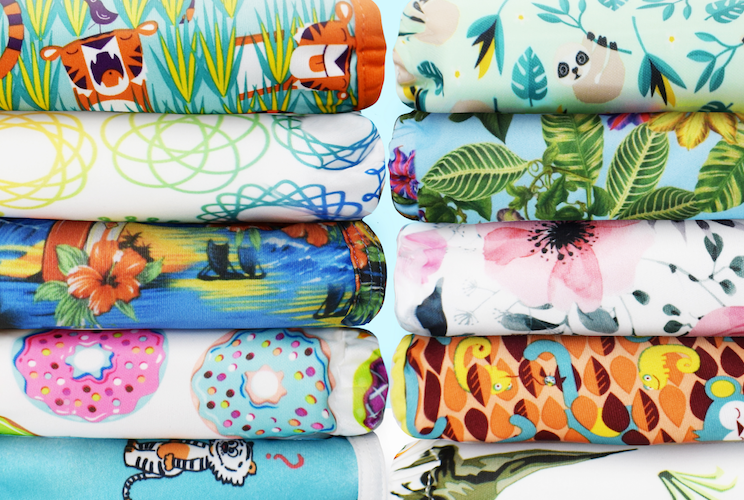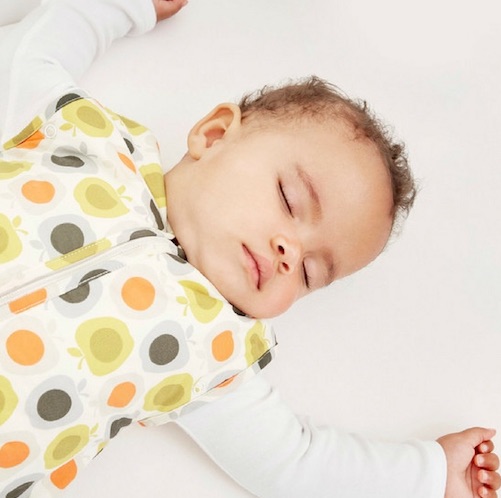Winning design will be turned into an exclusive Christmas toy and sold by retailer with profits going to the NHS.
John Lewis and Waitrose have today (April 23) unveiled a soft toy design competition for children around the UK to help raise funds for the NHS.
With homeschooling and nursery activities for preschoolers beginning once more after the Easter break, the retailer is inviting children to create and share their designs for a ‘super bear’ cuddly toy that celebrates the spirit and fortitude of those working on the frontline during the COVID-19 pandemic.
The winning design will be turned into an exclusive Christmas toy and sold by John Lewis and Waitrose from October, following in the footsteps of a number of beloved characters from the retailer, with 100% of the profits going to the NHS.
The competition – which launches on Friday April 24 – marks the start of the ‘Feel Good Friday’ campaign, which has been designed to bring the nation together in this time of isolation. Every Friday, Waitrose & John Lewis will focus on one skill or pastime, all in service of helping people enjoy a shared interest, learn something new and creating stronger relationships within local communities.
Working with Partners, celebrity experts, a range of charities and the NHS, this will include everything from gardening, arts and crafts, mindfulness, to baking and fitness.
The launch of the competition follows a trading update from John Lewis Partnership earlier this week, where it said some of its highest demand since the lockdown had been for products to keep preschoolers and children entertained.
With its stores closed, John Lewis has seen a significant spike in its online sales which are up 84% year on year since the middle of March. However, as the retailer described it ‘we are buying more Scrabble but fewer sofas’, so the lines are less profitable. Overall, John Lewis sales are down 17% year on year since the middle of March, and down 7% year on year since January 26.
The retailer’s worst case scenario for the full year assumes significant sales decline between April and June, and weak sales thereafter. Over the course of the full year, this worst case would result in a sales decline of around 35% in John Lewis, around double the current level, while at Waitrose it would result in a more modest decline of less than 5%.






















